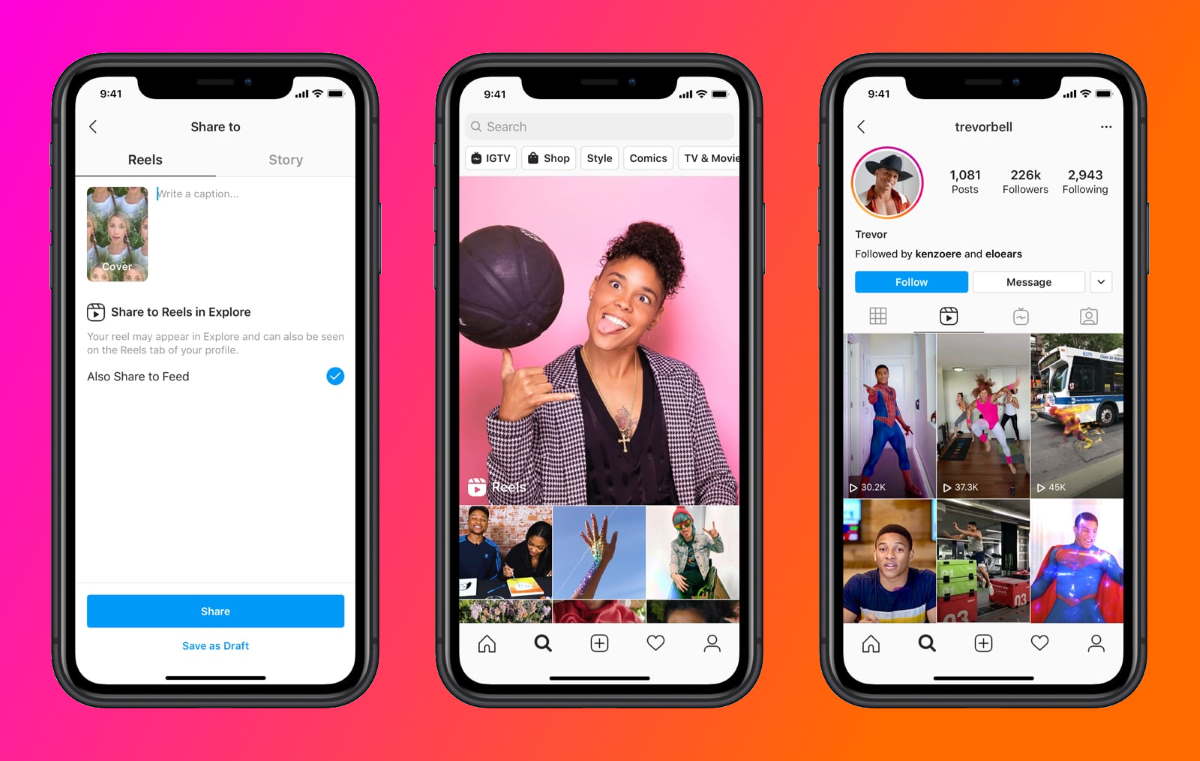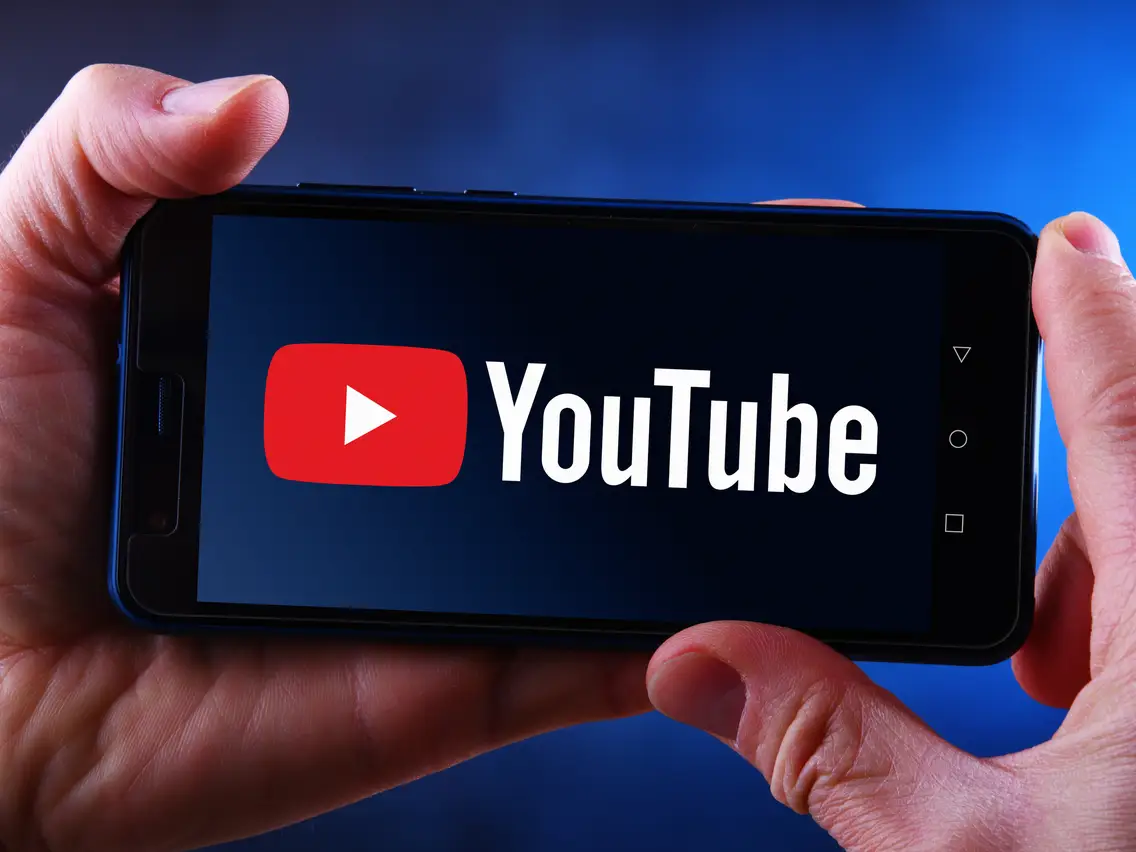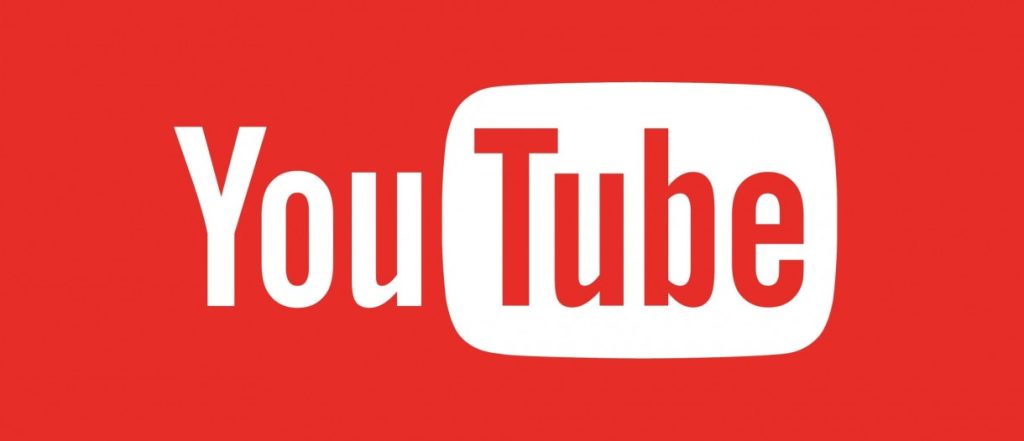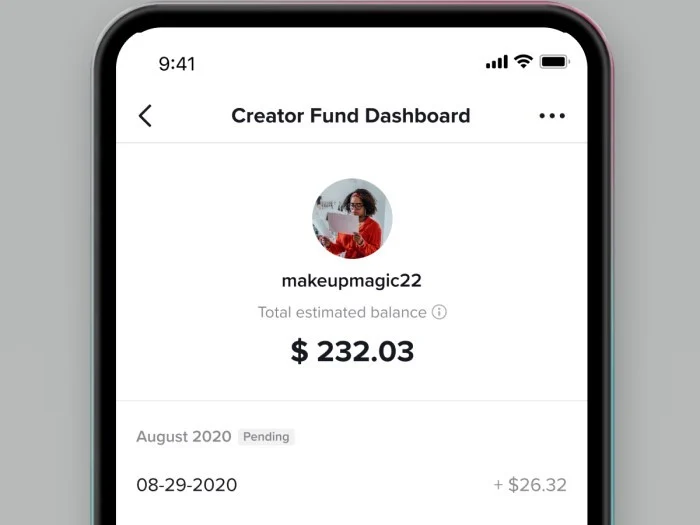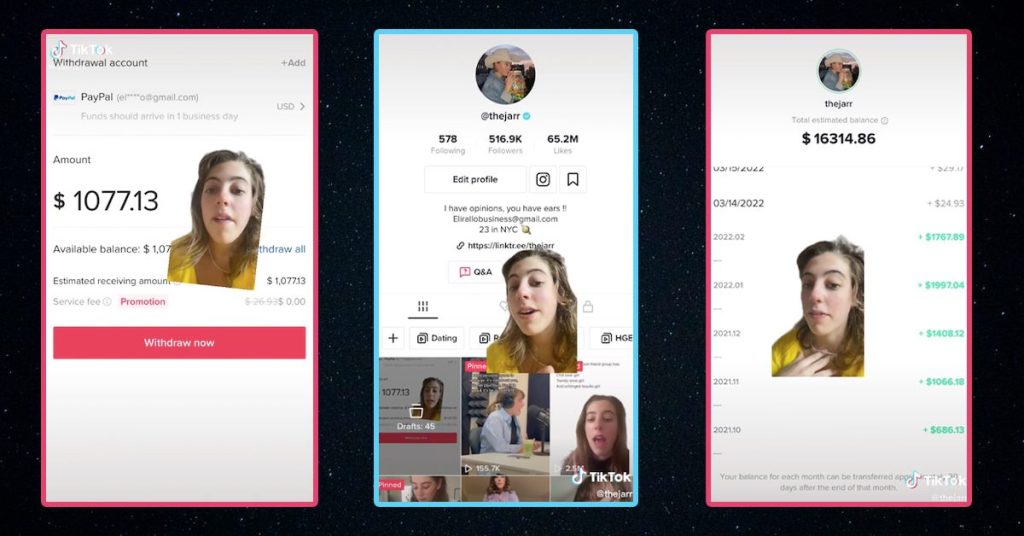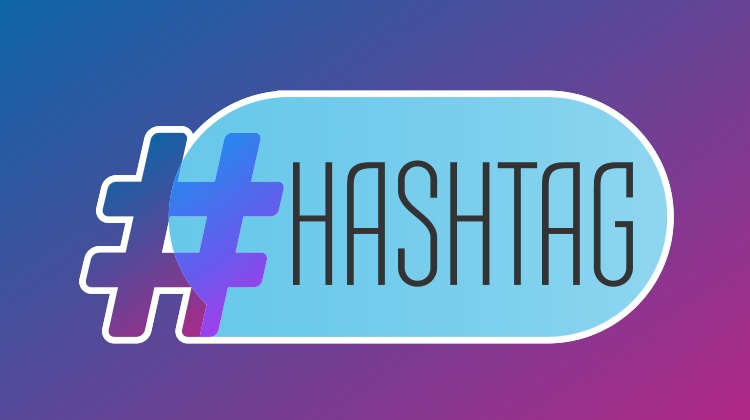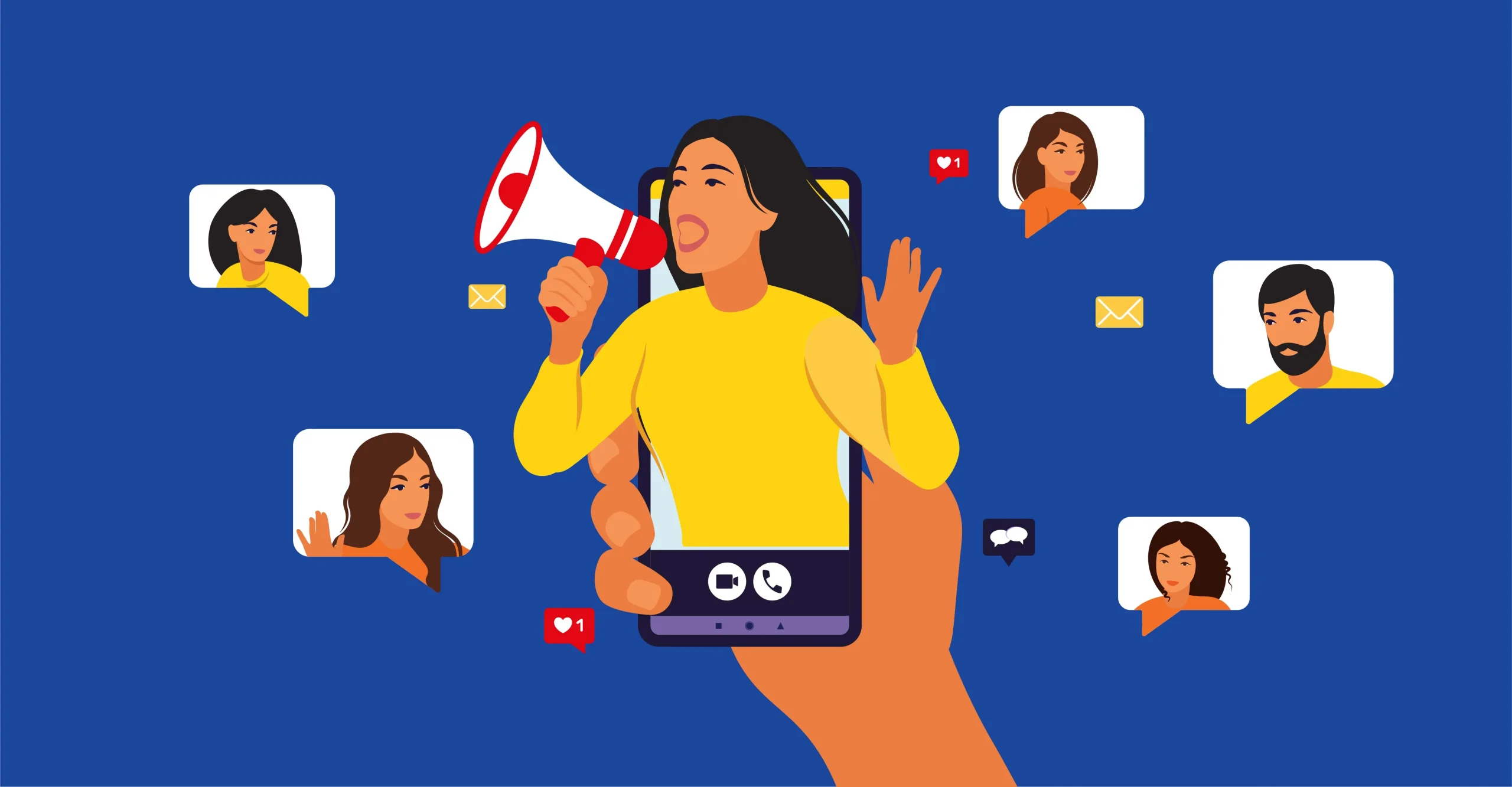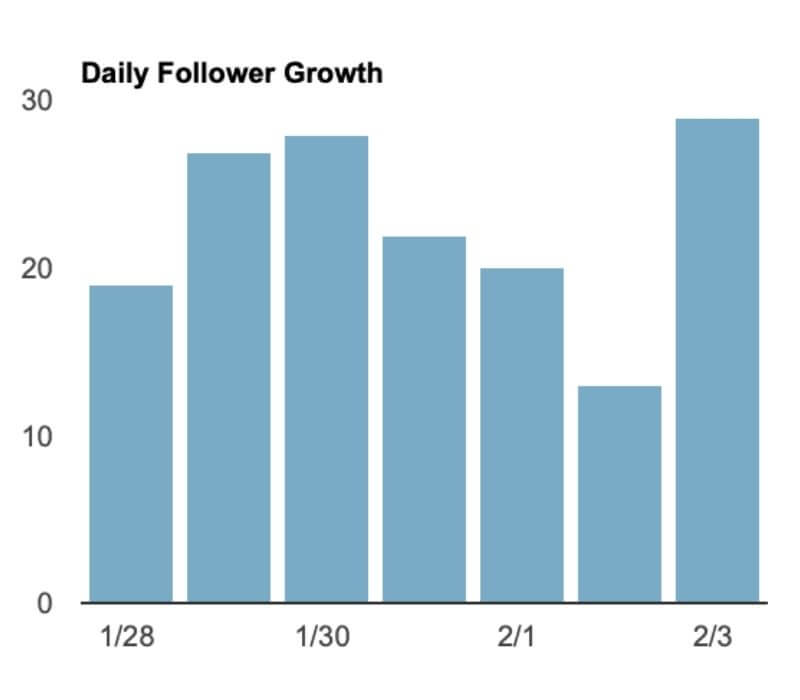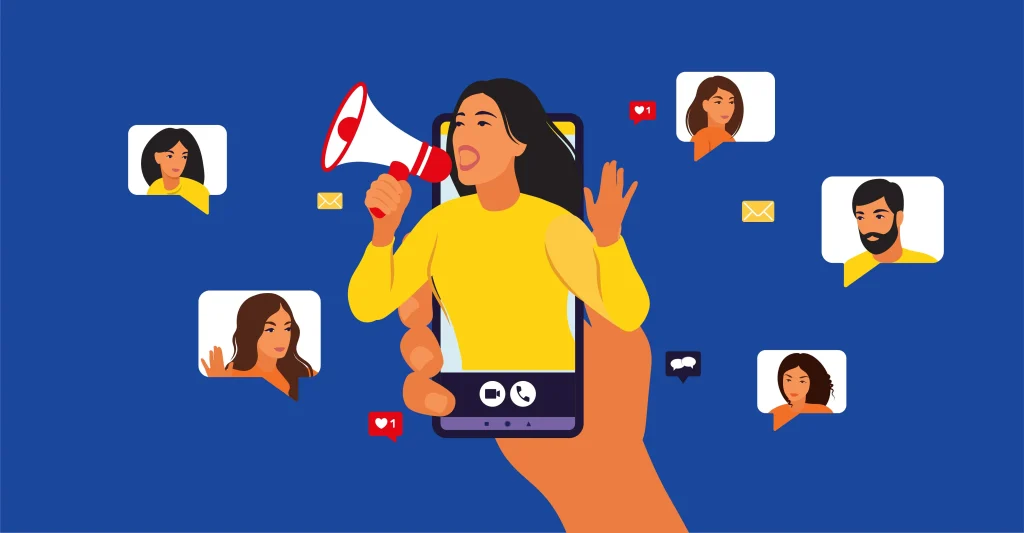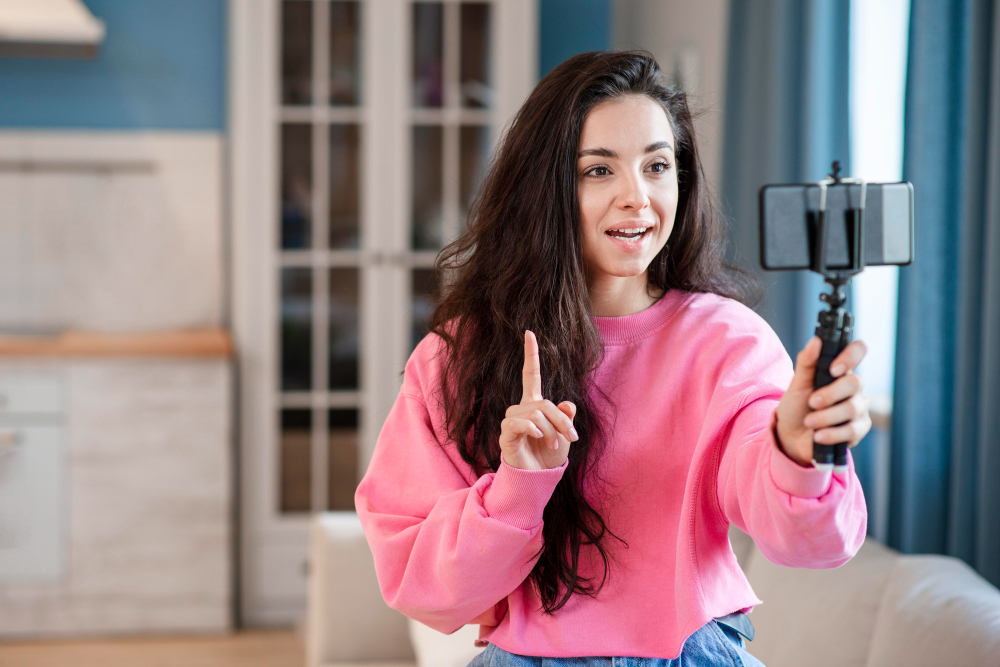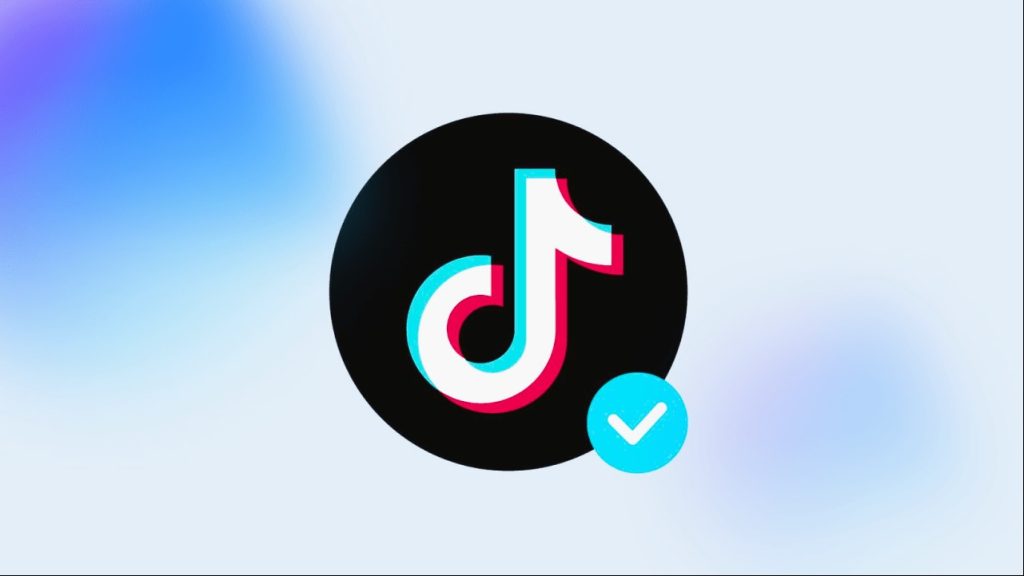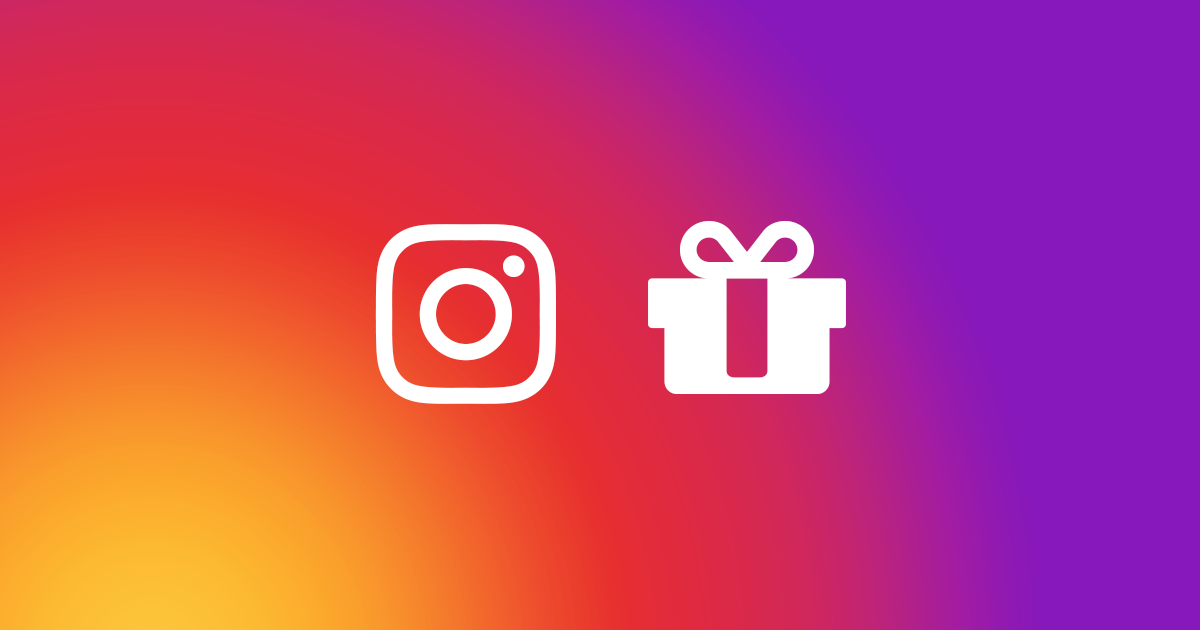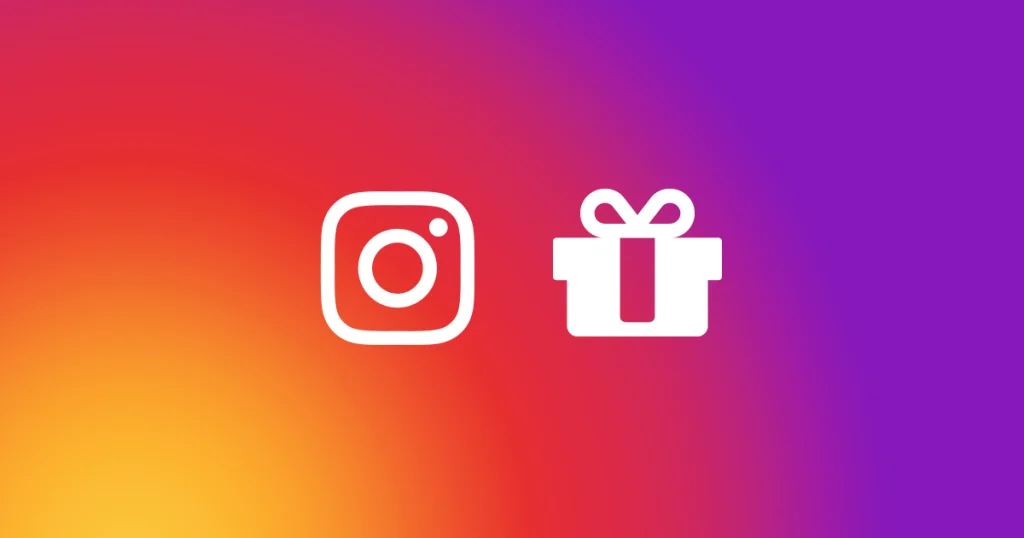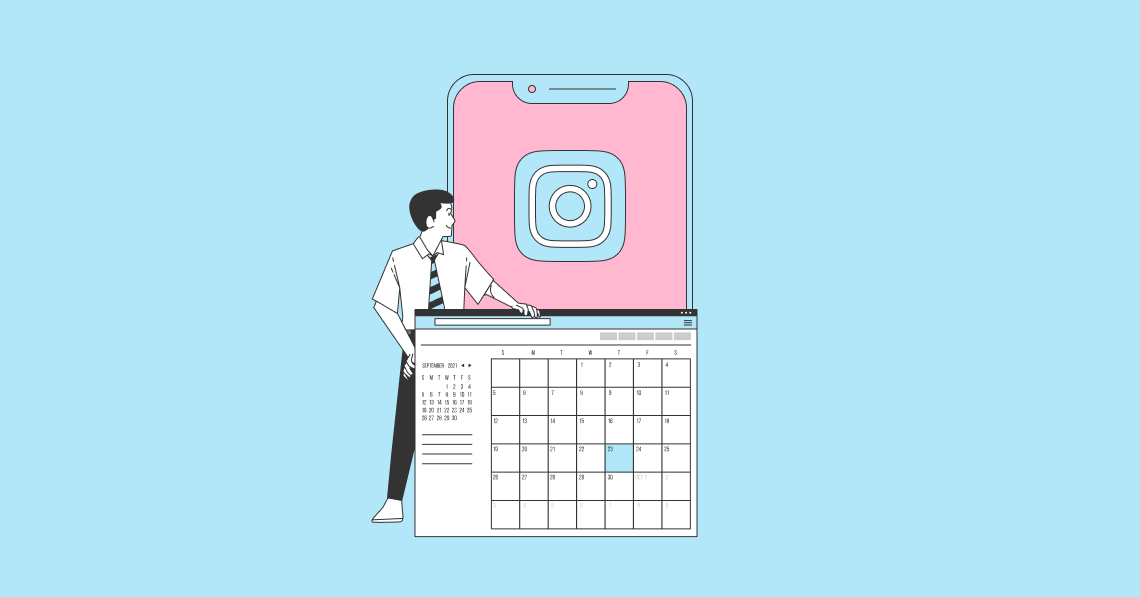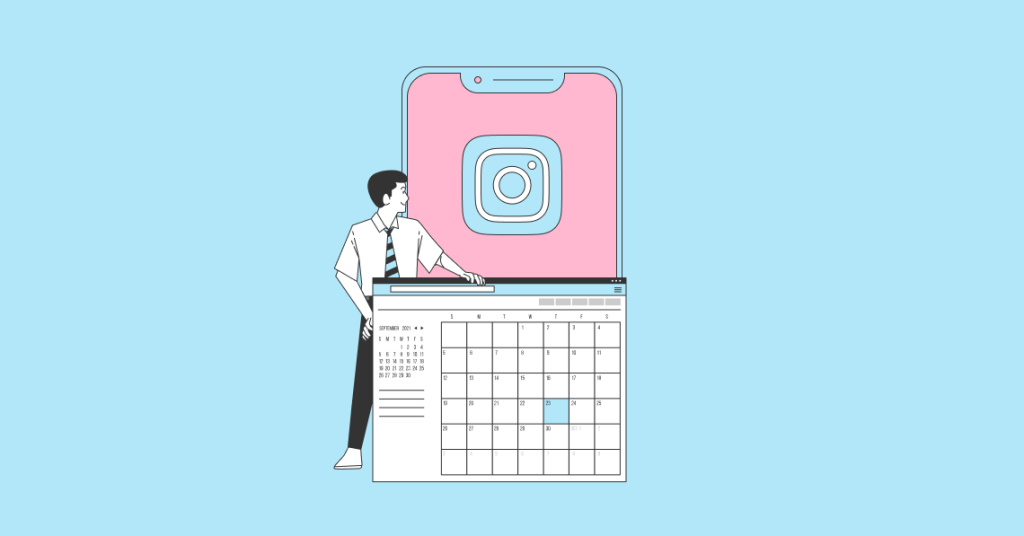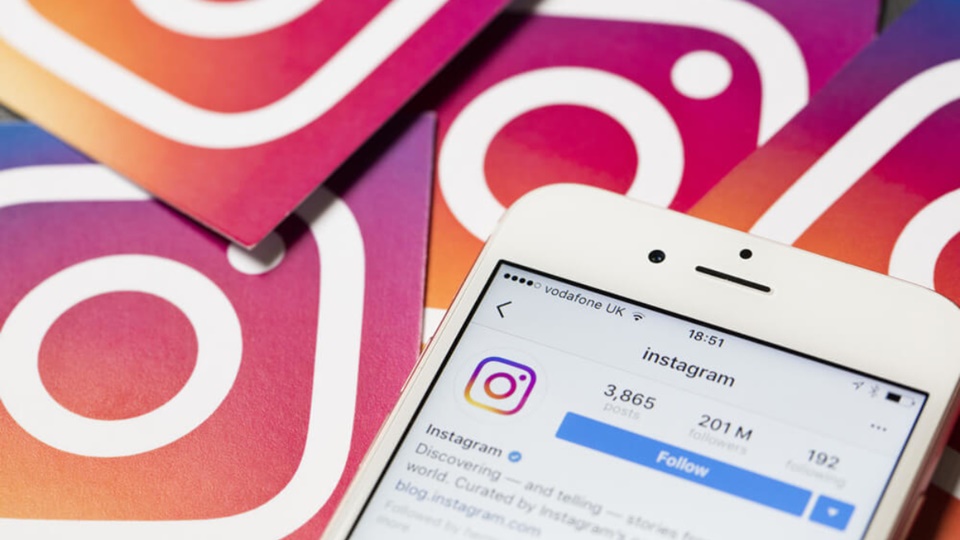Your Instagram bio is a critical element of your profile as a content creator. It’s your digital introduction, and it can play a pivotal role in attracting and retaining your audience. To optimize your Instagram presence and effectively communicate your content, consider these tips for crafting an engaging bio.
1. Understand the Role of Your Instagram Bio
Your bio is your opportunity to provide a snapshot of your content and personality. It should convey what type of content you create, your niche, and what your audience can expect from your profile. Remember, this little space is like a virtual storefront for your brand.
2. Choose a Clear Profile Photo
Your profile picture is the visual representation of your brand. Use a clear and recognizable profile picture. It can be a headshot, a logo, or an image that represents your brand. Ensure it’s high-resolution and aligns with your content theme. A picture is worth a thousand words, so make sure it speaks volumes about your content.
3.Craft a Compelling Bio Copy
In 150 characters or less, succinctly describe your content niche and what makes it unique. Use keywords relevant to your content to improve discoverability. Think of it as your elevator pitch – a concise, compelling statement that makes people want to learn more about you and your content.
3. Utilize Line Breaks and Emojis
Break up your bio into readable sections using line breaks. Emojis can also add visual appeal and personality to your bio. However, use them sparingly and in context. A well-structured bio is not only easier to read but also more visually appealing.
4. Add Contact Information
Include contact buttons like email or a contact form to make it easy for brands and collaborators to reach out to you. Accessibility is key to forming collaborations and partnerships in the world of content creation.
5. Share Your Achievements
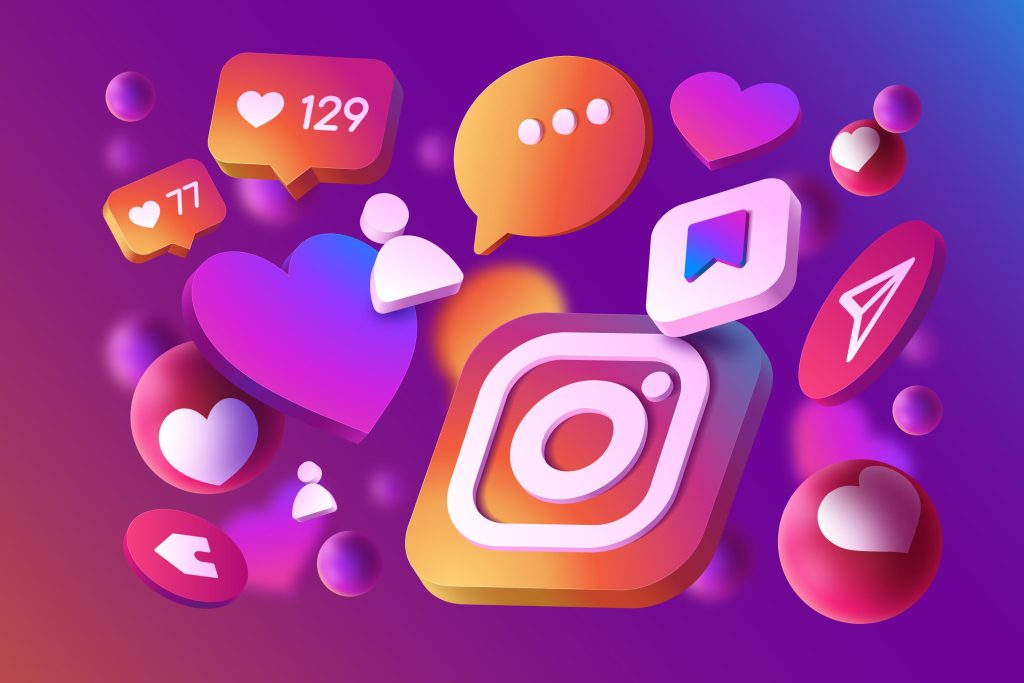
Highlight notable achievements, such as awards or features, to establish credibility and intrigue potential followers. It’s like displaying your trophies in your virtual showcase – they showcase your expertise and accomplishments.
More on Eklipse Blog >> 8 Best AI Generator for Making Instagram Reels
6. Use Hashtags and Mentions
Include relevant hashtags in your bio to increase discoverability. Mention any related accounts you collaborate with or want to give credit to. This not only boosts your visibility but also connects you with like-minded creators.
7. Promote Current Projects or Merchandise
If you have ongoing projects, promote them in your bio. Mention any merchandise, courses, or services you offer. Your bio can be a platform for marketing your latest endeavors and revenue streams.
8. Include a Call-to-Action (CTA)
Guide your audience on what to do next. Whether it’s “Check out my latest video” or “Follow for daily inspiration,” a clear CTA can drive engagement. Encourage your visitors to take action and engage with your content.
9. Update Your Bio Regularly
As your content evolves, make sure your bio stays up-to-date. A stagnant bio may misrepresent your current focus. Regularly refreshing your bio ensures that it accurately reflects your latest content and goals.
10. Test and Optimize
Experiment with different bio variations to see what resonates best with your audience. Monitor the performance of your bio and make adjustments accordingly. Social media is dynamic, and what works today might not work tomorrow, so be open to adaptation.
Conclusion
Remember that your Instagram bio is your digital storefront. It’s often the first impression you make on potential followers, brands, and collaborators. By following these tips and tailoring your bio to your content creator persona, you can effectively communicate your brand, attract a loyal audience, and enhance your Instagram presence. Your bio is your online identity, so make it count!
Maximize your Black Ops 6 rewards—Create highlights from your best gameplay with with Eklipse
Eklipse help streamer improve their social media presence with AI highlights that clip your Twitch / Kick streams automatically & converts them to TikTok / Reels / Shorts
